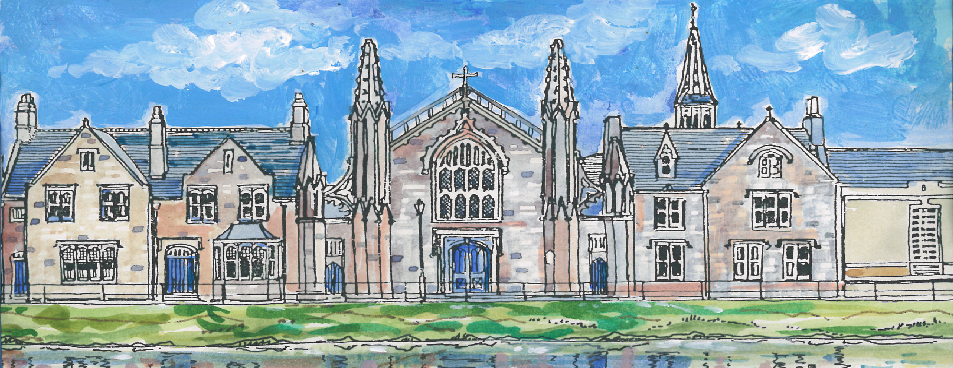Holy Orders is the sacrament through which the mission entrusted by Christ to his apostles continues to be exercised in the Church until the end of time: thus it is the sacrament of apostolic ministry. It includes three degrees: episcopate, presbyterate, and diaconate.
(Catechism of the Catholic Church, § 1536)
The chosen people was constituted by God as “a kingdom of priests and a holy nation.” But within the people of Israel, God chose one of the twelve tribes, that of Levi, and set it apart for liturgical service; God himself is its inheritance. A special rite consecrated the beginnings of the priesthood of the Old Covenant. The priests are “appointed to act on behalf of men in relation to God, to offer gifts and sacrifices for sins.” (Catechism of the Catholic Church, § 1539)
Everything that the priesthood of the Old Covenant prefigured finds its fulfilment in Christ Jesus, the “one mediator between God and men.” The Christian tradition considers Melchizedek, “priest of God Most High,” as a prefiguration of the priesthood of Christ, the unique “high priest after the order of Melchizedek”; “holy, blameless, unstained,” “by a single offering he has perfected for all time those who are sanctified,” that is, by the unique sacrifice of the cross.
The redemptive sacrifice of Christ is unique, accomplished once for all; yet it is made present in the Eucharistic sacrifice of the Church. The same is true of the one priesthood of Christ; it is made present through the ministerial priesthood without diminishing the uniqueness of Christ’s priesthood: “Only Christ is the true priest, the others being only his ministers.”
Christ, high priest and unique mediator, has made of the Church “a kingdom, priests for his God and Father.” The whole community of believers is, as such, priestly. The faithful exercise their baptismal priesthood through their participation, each according to his own vocation, in Christ’s mission as priest, prophet, and king. Through the sacraments of Baptism and Confirmation the faithful are “consecrated to be . . . a holy priesthood.”
The ministerial or hierarchical priesthood of bishops and priests, and the common priesthood of all the faithful participate, “each in its own proper way, in the one priesthood of Christ.” While being “ordered one to another,” they differ essentially. In what sense? While the common priesthood of the faithful is exercised by the unfolding of baptismal grace –a life of faith, hope, and charity, a life according to the Spirit–, the ministerial priesthood is at the service of the common priesthood. It is directed at the unfolding of the baptismal grace of all Christians. The ministerial priesthood is a means by which Christ unceasingly builds up and leads his Church. For this reason it is transmitted by its own sacrament, the sacrament of Holy Orders. (Catechism of the Catholic Church, §§ 1544-1547)
Rogier Van Der Weyden,
The Seven Sacraments (detail)

